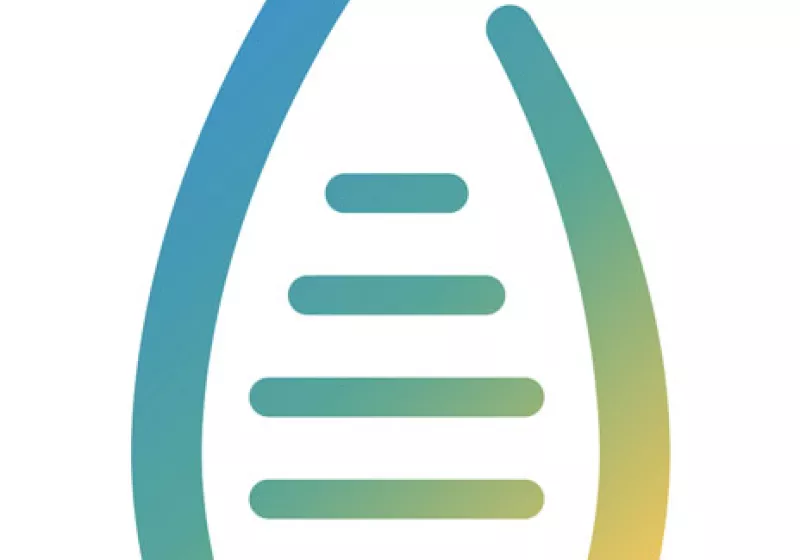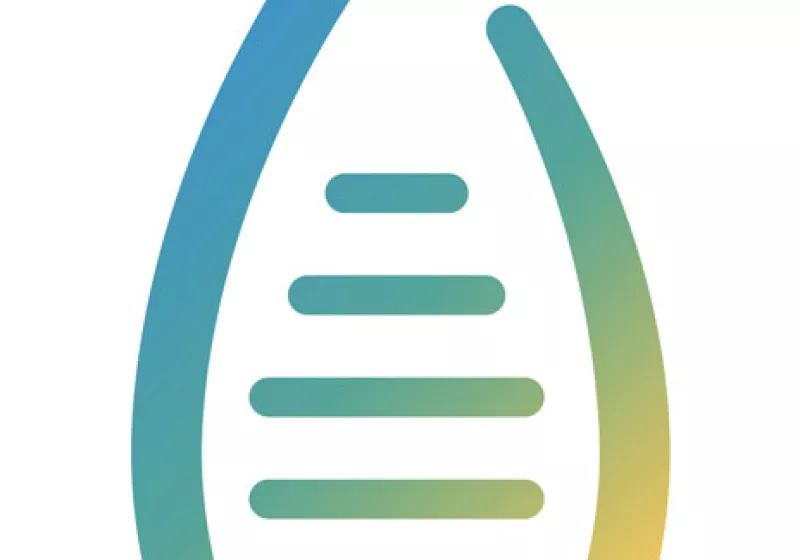Bringing gene and cell therapies (GCTs) from the lab to patients is a complex process and different pathways exists for each type of stakeholders. Each type of medicinal products in GCTs, whether they are Advanced Therapy Medicinal Products (ATMPs), tissues and cells, and the less known medical devices, is regulated differently in the EU/EEA. The path to commercialisation also varies from products to products: ATMPs and medical devices are mainly regulated at the European Union level while tissues and cells used for human applications are mainly regulated at the national level although it exists both European and National rules for all these legal types of gene and cell therapies. The practical information about these processes is extensive, scattered and not readily accessible.
To help the various stakeholders navigate these complicated processes, EuroGCT has developed a practical tool, Research Pathways, to help bring gene and cell therapies from the lab to patients. The Research Pathways database collates relevant information all in one place, and the curated resources are indexed for improved searchability. These resources are centred around the legal and regulatory aspects required for GCT development in EU/EEA and further expanded to additional aspects including scientific developments, ethics, commercialisation and more. Research Pathways provides various ways for users to approach and to understand the GCT landscape. All resources collated in this database are free for anyone to use, except some of the journal articles we signpost to may require memberships to view.
Within Research Pathways, a subset of information has been developed by the EuroGCT consortium. EuroGCT has identified, collected and compiled resources on practical steps for gene and cell therapy development in the EU/EEA. These EuroGCT’s key resources are marked with a “EuroGCT Resource” tag ![]() . Learn more about EuroGCT’s Key Resources.
. Learn more about EuroGCT’s Key Resources.
For those who are looking for resources concerning a specific development stage or topic, relevant information can be found through applying associated filters inside “themes”. Themes are mainly categorised into “Research and Innovation”, “Therapy Classification”, “Manufacturing”, “Commercialisation”, “Data”, “Patient and public involvement”, and “Ethics”. Learn more about Who should use EuroGCT's Key Resources.
For those who prefer to browse the database, we’d suggest starting from the five topic sections:
- “Key pathways resources” contains highlighted resources published by several organisations and initiatives in the gene and cell therapy field.
- “Case studies” contains product-specific development cases supported by linkages to relevant external resources and those inside Research Pathways.
- “Patient and public involvement” links to the ATMP-Engage Patient and Public Involvement (PPI) directory with PPI resources for developers of cell and gene therapies.
- “Actors and networks” contains our mapping of the stakeholders in the gene and cell therapy field and their activities in Europe and beyond.
- “Policy” contains the compiled relevant policy changes at the European level and national level.
Beyond the EuroGCT’s Key Resources created by the EuroGCT consortium and/or with collaborators, the Research Pathways directory also signposts to resources developed by other renown organisations in the gene and cell therapy field. In this case, we indicate both the information sources and the organisation who has produced the resource.
The EuroGCT team aims to continue to expand and populate the Research Pathways database in the project duration. All information presented on this site are collated and categorised to the best of our abilities. If you are the owner of a resource and you feel your resource is incorrectly represented on the site, please contact us and we will make necessary corrections or removal.
All information provided in Research Pathways is for informational and educational purposes only, and it is not intended to replace any regulators’/competent authorities’ advice.
If you are reproducing, reusing, or reprinting any content on this site, please do so in accordance with the original copyright holder license in Terms & Conditions | EuroGCT
Learn more about the EuroGCT Project: About EuroGCT | EuroGCT
Published: 05/06/2024

